Pompidou Metz
Metz (FR)
2017
“Infinite Garden. From Giverny to Amazonia”
Group show curated by Emma Lavigne and Hélène Meisel
Press release by Pompidou Metz
It was believed that gardens had been buried by modernity under the triumph of green spaces limiting the organic to functional areas. Yet, they remain a source of fertile inspiration all along the 20th century and continue to deeply appeal to many artists. The garden captivates, not only for its nourishing, curative and ornamental virtues but also for its subversion. (...)
This exhibition of the Centre Pompidou-Metz depicts nature in the perspective of a metaphorical spring. Germination, blossoming and degeneration suggest the cycles of Earth, where the winter stop is the promise for future revolutions. Many artists venerate this vital momentum. Fertile ground of forms, the garden inspires artists with morphologies and fantastic metamorphoses revealing the intelligence of a nonhuman world. The explorations of the Earth lead to the ends of the known nature towards unspoiled territories that become new reserves of forms and motifs.
The garden is also the place of genetic bifurcation which alters determinisms in favour of evolution. While he immortalises in his glass framed herbarium a cherished flora, Émile Gallé takes interest for the anomalies – Are the Orchids wonders or monstrosities? At the same time, Claude Monet creates hybrids and gets plants from all over the world, triggering the ire of the local farmers who fear poisoning by these foreign flowers. A century later, Pierre Huyghe creates “condensates of Giverny” in climate-programmed aquariums. If acclimation awakes the naturalists' curiosity, it also serves the interest of a “botanic of power”, working on the colonisation then the eradication of “green pests”. Yto Barrada, Thu Van Tran and Simon Starling study the problematic of coexistence between “native” and “neophyte” plant species. Beyond the exoticism, the tropical and biomorphic alternatives of Roberto Burle-Marx or Lina Bo Bardi in Latin America and in Brazil revivify the functionalism of the European modernity. (...)
At a time of intense intermixing, melting pot and migration phenomena which constantly reconfigure the biodiversity, the original fence of the garden, being material or conceptual, needs to be revaluated. The exhibition takes the garden out of itself, going beyond the dialectic on which Michel Foucault had articulated during his conference “Of Other Spaces” in 1967, his heterotypic definition of the garden as “the smallest parcel of the world” and as the “totality of the world.” (...)
Text by Hélène Meisel
Une graine mi-colon mi-bon.
Au cœur de quatre épaisses poutre de bois, débitées en billes industrielles rappelant le minimalisme d’un Carl Andre, ont été incisées de fragiles ramifications sinueuses. Dans le dense fût d’un chêne, Thu Van Tran a ainsi sculpté en creux la gracile silhouette d’un jeune plant d’hévéa. Les deux essences n’ont pas été choisies par hasard. Originaire de l’hémisphère nord, le chêne est l’arbre le plus répandu en France. Depuis l’Antiquité, il occupe une place de choix dans l’appareil symbolique et légendaire occidental. Arbre sacré, il incarne la robustesse et la justice. Originaire de l’hémisphère sud, l’hévéa possède une toute autre histoire. L’hevea brasiliensis pousse à l’état naturel dans la forêt amazonienne, où l’on exploite depuis longtemps son caoutchouc. Lorsqu’on incise son écorce, l’arbre sécrète un latex laiteux et protecteur qui coagule sur ses blessures. A la fin du XIXe siècle, les Européens en exportent des graines pour implanter des exploitations dans leurs colonies asiatiques. Avec le pétrole et le fer, cette gomme végétale sera l’un des matériaux essentiels de l’industrie automobile. En 1927, l’Américain Ford s’établit en Amazonie, où il crée une cité ouvrière noyée dans la jungle : Fordlândia. La monoculture de sa plantation facilitera la propagation d’un champignon décimant ses sujets. En 1929, Michelin établit au Vietnam ses plantations d’hévéa. En enchâssant dans la matérialité d’une essence « métropolitaine » le creux d’une essence « coloniale », Thu Van Tran suggère la manière dont la France s’est enrichie grâce à l’exploitation de ressources vietnamiennes – humaines et végétales – invisibles depuis la métropole. Poétique et plastique, la démarche de l’artiste réside moins dans la dénonciation manichéenne de l’histoire, que dans l’incarnation substantielle de ses paradoxes. Le titre de l’installation Une graine mi-colon mi-bon traduit cette dualité que l’artiste qualifie souvent de « cadeau empoisonné » : l’exploitation de l’hévéa par les Vietnamiens, eux-mêmes exploités par le Français, précipitera un processus de révolte et d’indépendance.
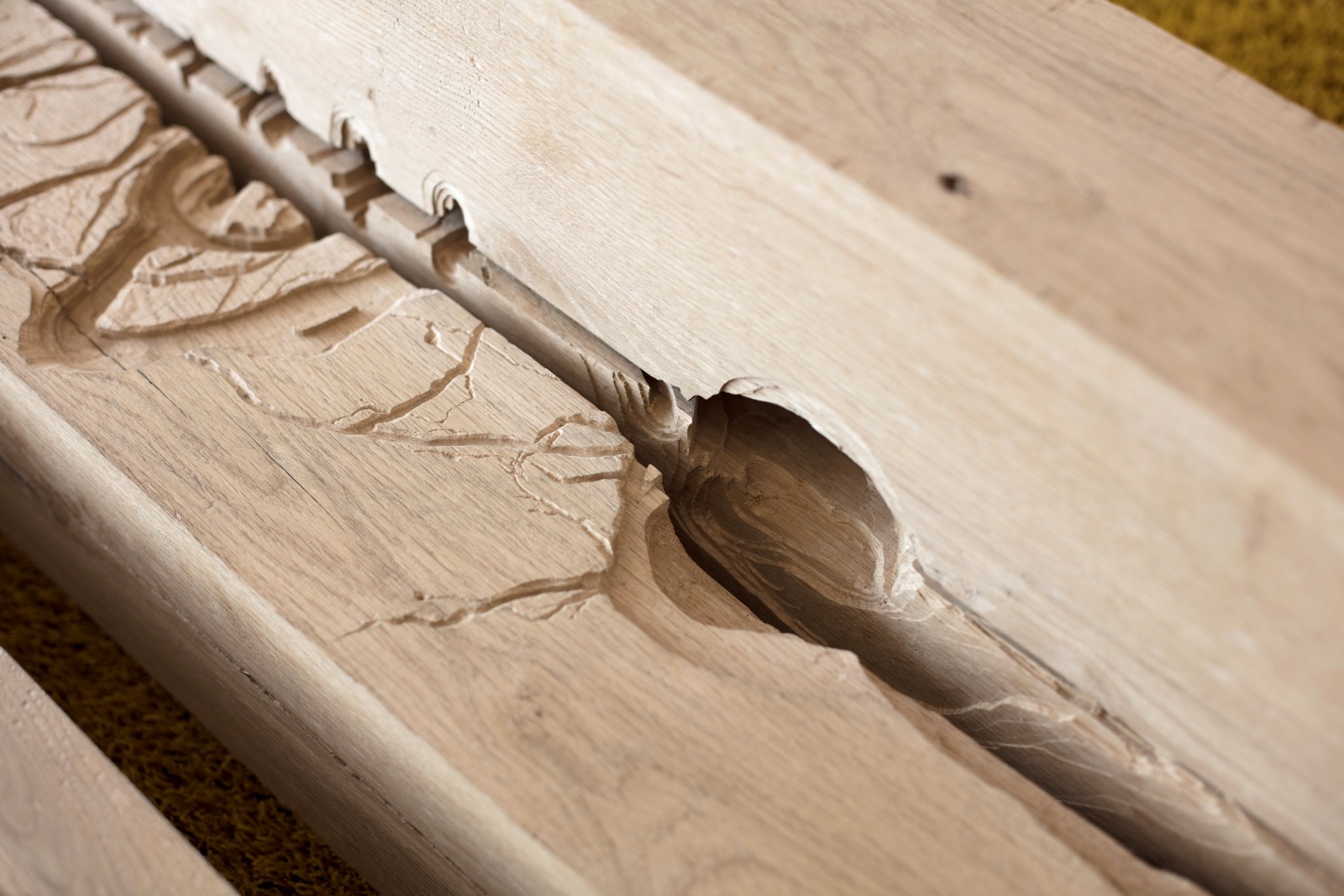
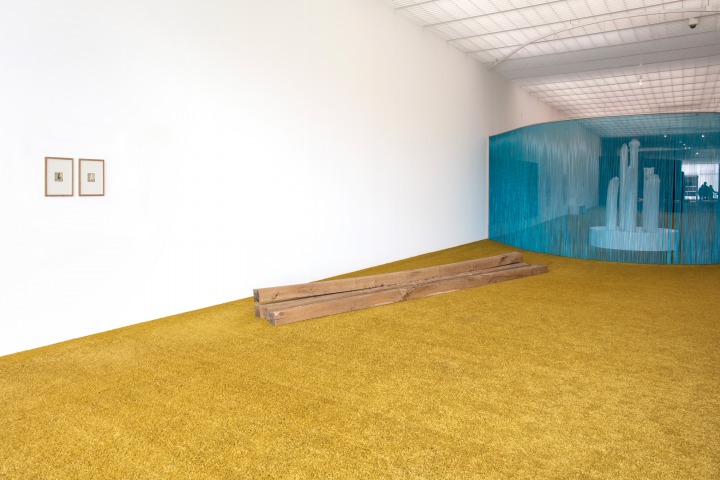
Une graine mi-colon mi-bon (plant d’hévéa absent), 2OO9
Polaroïds, paper,
4O × 3O cm each
Une graine mi-colon mi-bon (ramifications pour une greffe d’hévéa), 2009
Beam of oak,
14 × 14 × 51O cm each element
(Exhibition view, a scenography by Daniel Steegmans Mangrané)
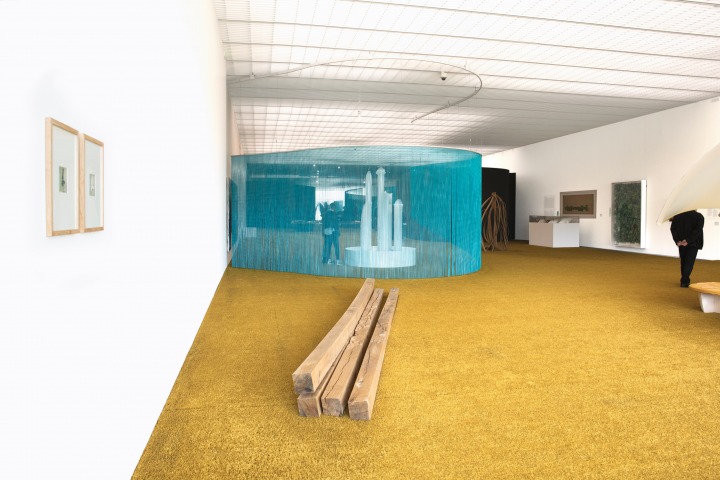
Exhibition view of From Giverny to Amazonia part, Gallery 2 - Pompidou Metz (A scenography by Daniel Steegmans Mangrané)
Une graine mi-colon mi-bon (plant d’hévéa absent), 2OO9
Polaroïds, paper,
4O × 3O cm each
Une graine mi-colon mi-bon (ramifications pour une greffe d’hévéa), 2009
Beam of oak,
14 × 14 × 51O cm each element
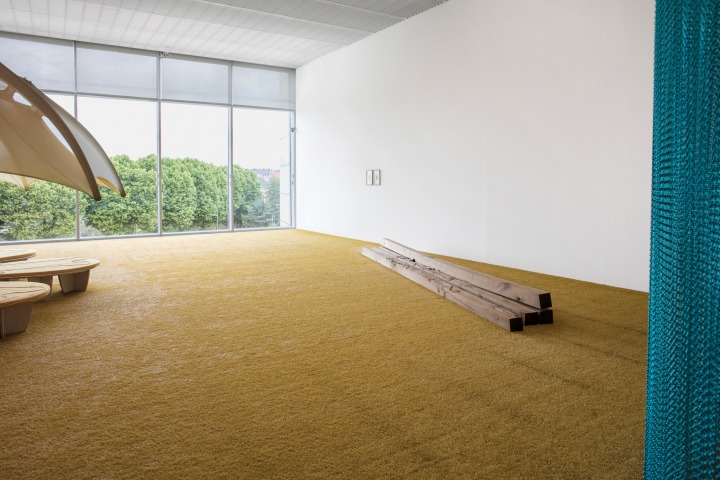
Une graine mi-colon mi-bon (plant d’hévéa absent), 2OO9
Polaroïds, paper,
4O × 3O cm each.
Une graine mi-colon mi-bon (ramifications pour une greffe d’hévéa), 2009
Beam of oak,
14 × 14 × 51O cm each element
(Exhibition view, a scenography by Daniel Steegmans Mangrané)
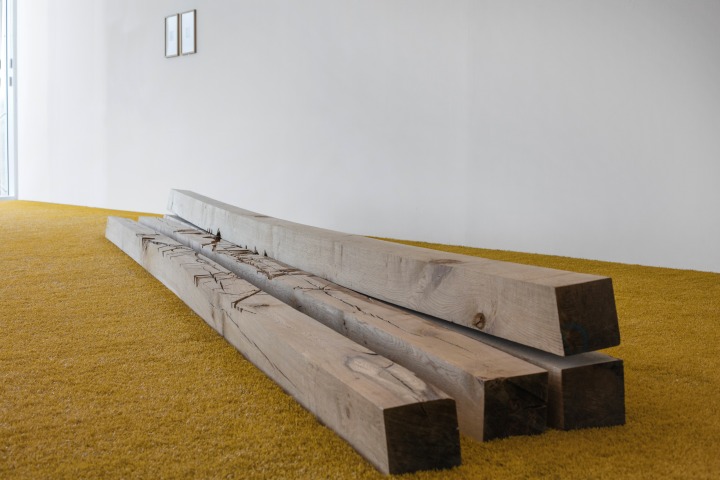
Une graine mi-colon mi-bon (plant d’hévéa absent), 2OO9
Polaroïds, paper,
4O × 3O cm each
Une graine mi-colon mi-bon (ramifications pour une greffe d’hévéa), 2009
Beam of oak,
14 × 14 × 51O cm each element
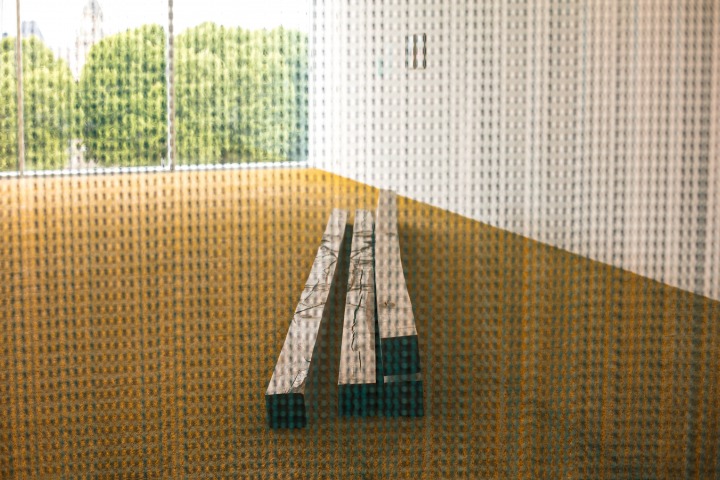
Une graine mi-colon mi-bon (plant d’hévéa absent), 2OO9
Polaroïds, paper,
4O × 3O cm each
Une graine mi-colon mi-bon (ramifications pour une greffe d’hévéa), 2009
Beam of oak,
14 × 14 × 51O cm each element
(Exhibition view, a scenography by Daniel Steegmans Mangrané)
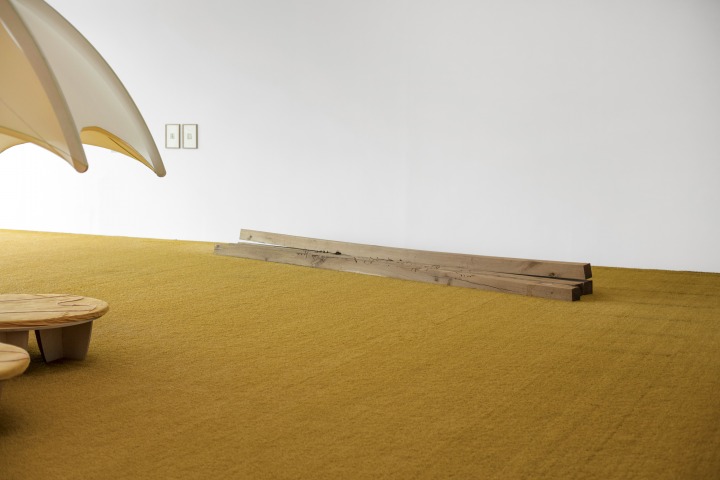
Une graine mi-colon mi-bon (plant d’hévéa absent), 2OO9
Polaroïds, paper,
4O × 3O cm each
Une graine mi-colon mi-bon (ramifications pour une greffe d’hévéa), 2009
Beam of oak,
14 × 14 × 51O cm each element
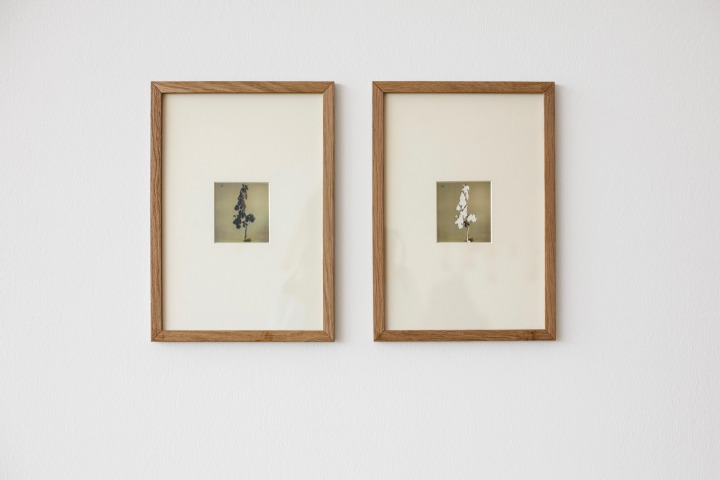
Une graine mi-colon mi-bon (plant d’hévéa absent), 2OO9
Polaroïds, paper,
4O × 3O cm each
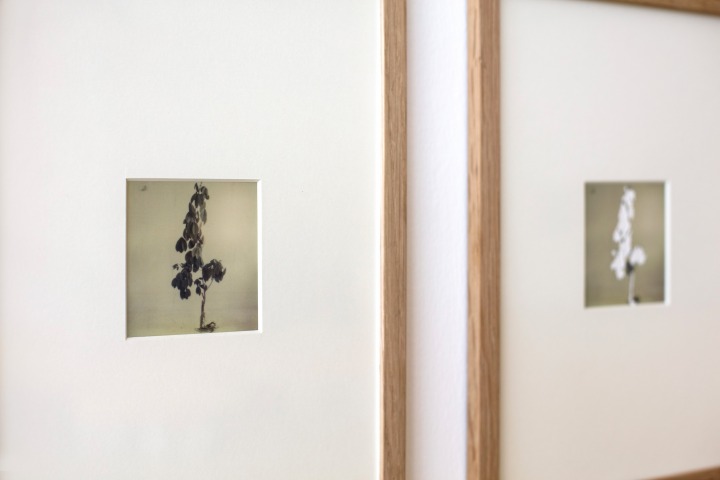
Une graine mi-colon mi-bon (plant d’hévéa absent), 2OO9
Polaroïds, paper,
4O × 3O cm each
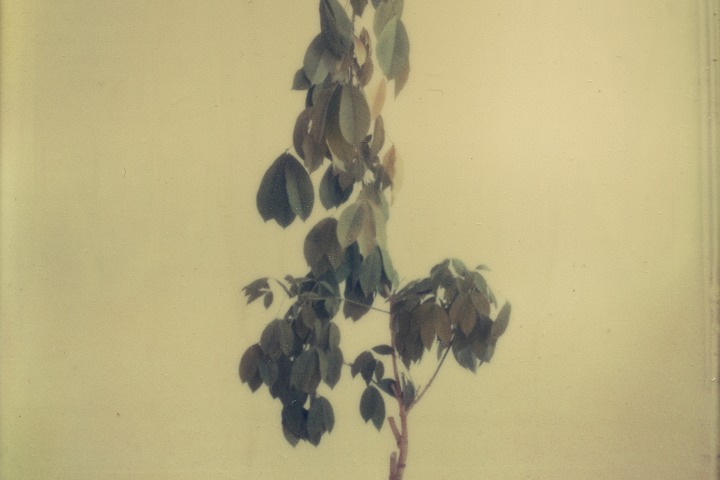
Une graine mi-colon mi-bon (plant d’hévéa absent), 2OO9
Detail, polaroïds, paper
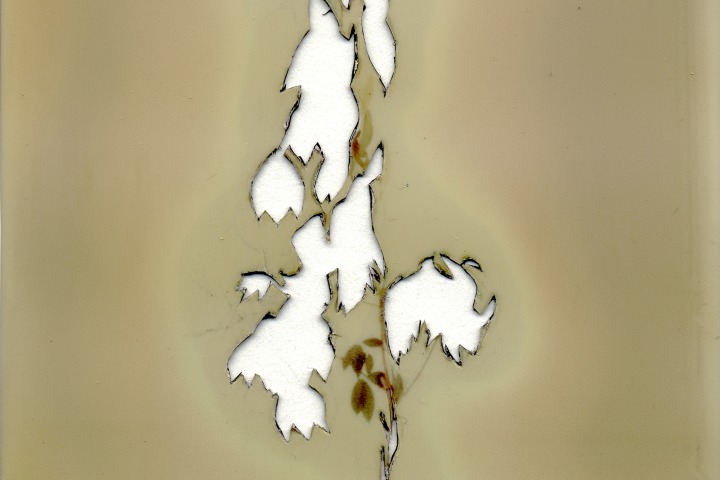
Une graine mi-colon mi-bon (plant d’hévéa absent), 2OO9
Detail, polaroïds, paper
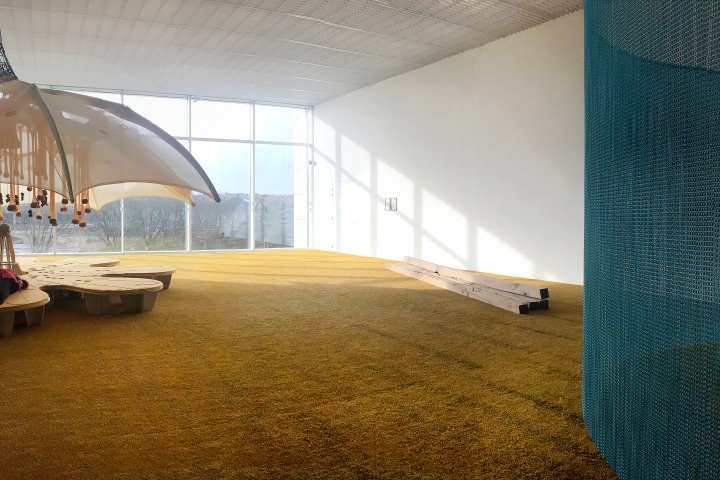
Exhibition view of From Giverny to Amazonia part, Gallery 2 - Pompidou Metz (A scenography by Daniel Steegmans Mangrané)
Une graine mi-colon mi-bon (plant d’hévéa absent), 2OO9
Polaroïds, paper,
4O × 3O cm each
Une graine mi-colon mi-bon (ramifications pour une greffe d’hévéa), 2009
Beam of oak,
14 × 14 × 51O cm each element
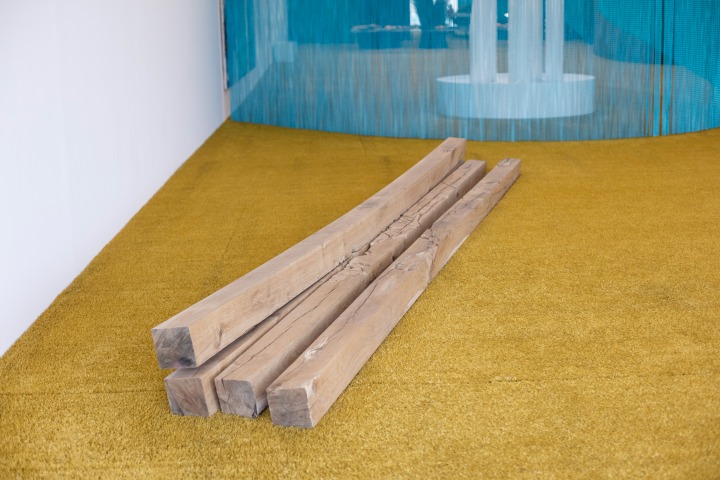
Une graine mi-colon mi-bon (ramifications pour une greffe d’hévéa), 2009
Beam of oak,
14 × 14 × 51O cm each element
(Exhibition view, a scenography by Daniel Steegmans Mangrané)
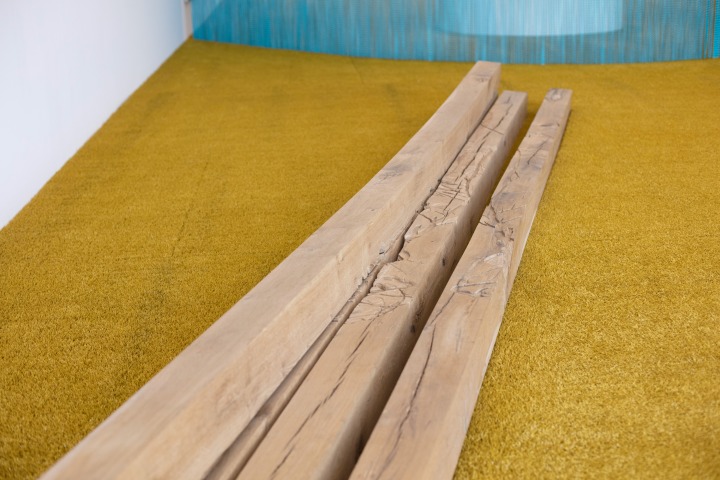
Une graine mi-colon mi-bon (ramifications pour une greffe d’hévéa), 2009
Beam of oak,
14 × 14 × 51O cm each element
(Exhibition view, a scenography by Daniel Steegmans Mangrané)
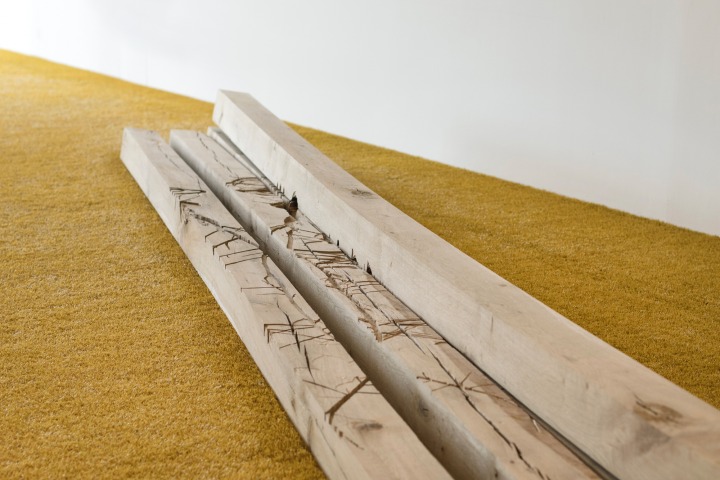
Une graine mi-colon mi-bon (plant d’hévéa absent), 2OO9
Polaroïds, paper,
4O × 3O cm each
Une graine mi-colon mi-bon (ramifications pour une greffe d’hévéa), 2009
Beam of oak,
14 × 14 × 51O cm each element
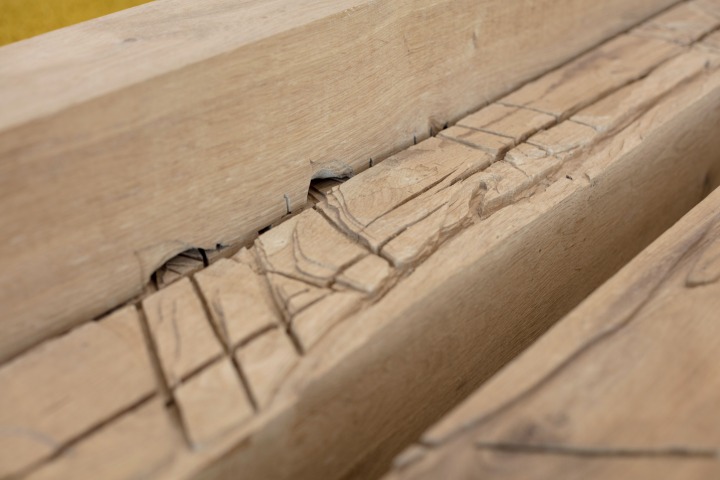
Une graine mi-colon mi-bon (ramifications pour une greffe d’hévéa), 2009
Detail, beam of oak,
14 × 14 × 51O cm each element

Une graine mi-colon mi-bon (ramifications pour une greffe d’hévéa), 2009
Detail, beam of oak,
14 × 14 × 51O cm each element
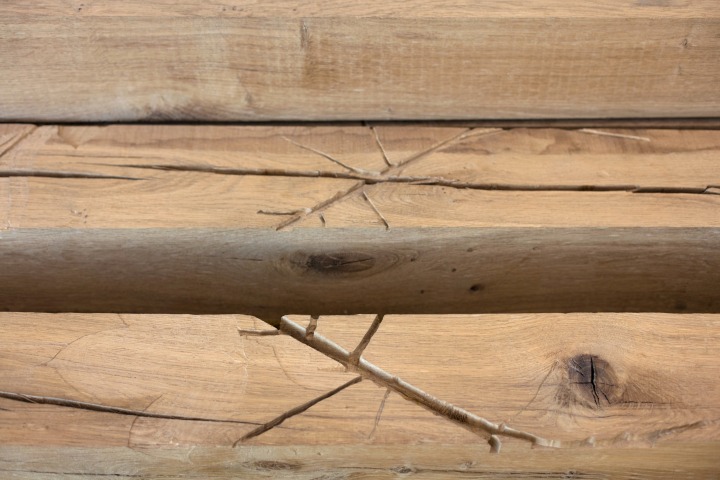
Une graine mi-colon mi-bon (ramifications pour une greffe d’hévéa), 2009
Detail, beam of oak,
14 × 14 × 51O cm each element
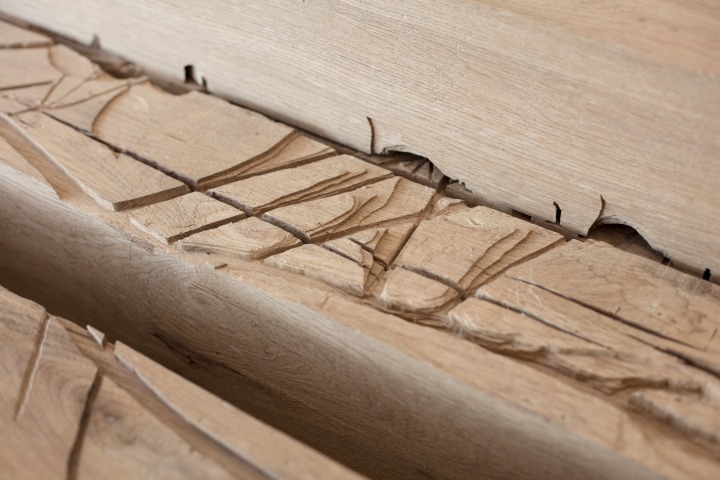
Une graine mi-colon mi-bon (ramifications pour une greffe d’hévéa), 2009
Detail, beam of oak,
14 × 14 × 51O cm each element
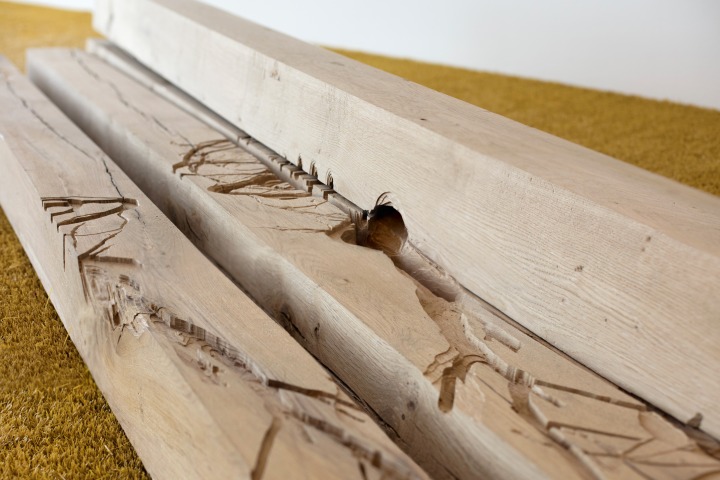
Une graine mi-colon mi-bon (ramifications pour une greffe d’hévéa), 2009
Detail, beam of oak,
14 × 14 × 51O cm each element
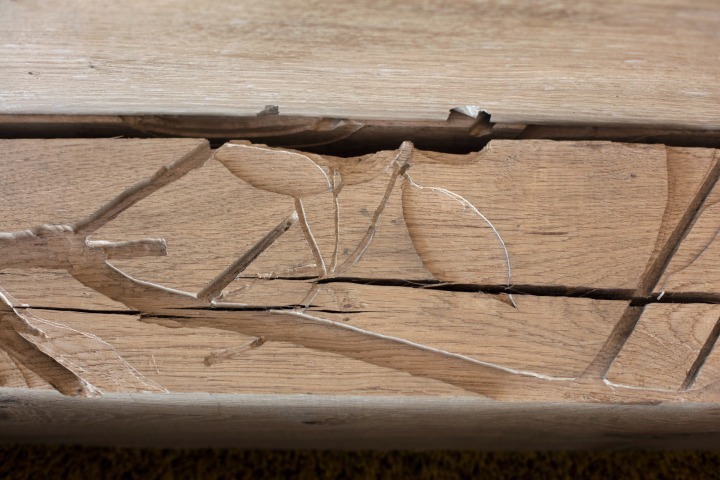
Une graine mi-colon mi-bon (ramifications pour une greffe d’hévéa), 2009
Detail, beam of oak,
14 × 14 × 51O cm each element
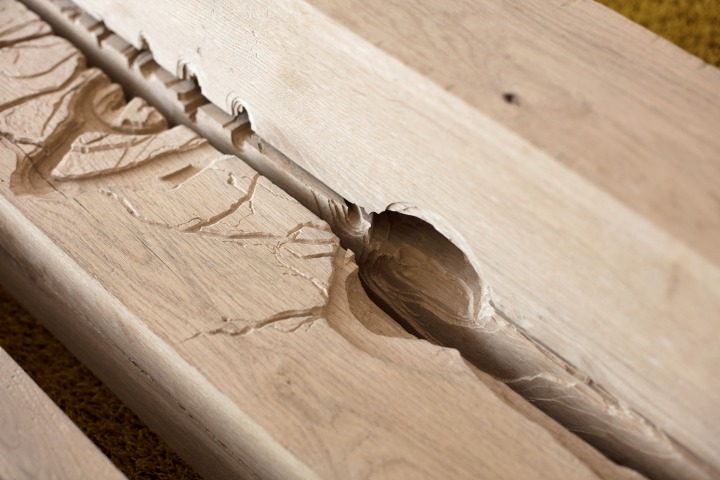
Une graine mi-colon mi-bon (ramifications pour une greffe d’hévéa), 2009
Detail, beam of oak,
14 × 14 × 51O cm each element
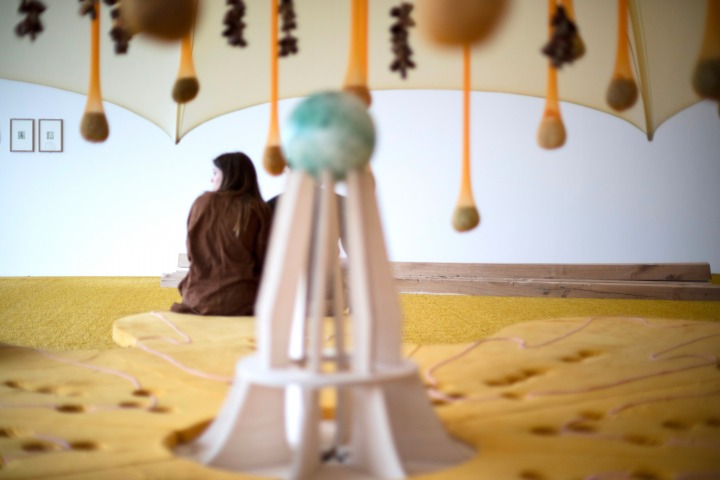
First ground, an installation by Ernesto Neto.
Background,
Une graine mi-colon mi-bon (plant d’hévéa absent), 2OO9
Polaroïds, paper,
4O × 3O cm each
Une graine mi-colon mi-bon (ramifications pour une greffe d’hévéa), 2009
Beam of oak,
14 × 14 × 51O cm each element
(Exhibition view, a scenography by Daniel Steegmans Mangrané)